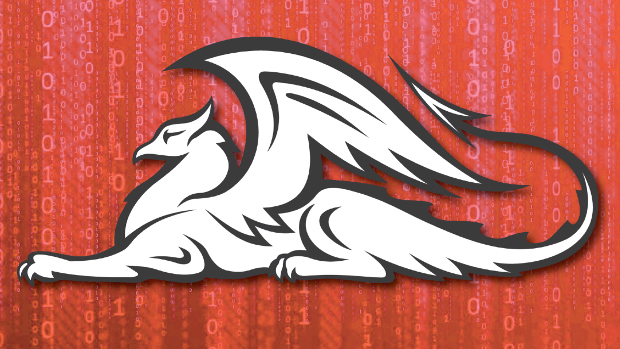The technical terms and nomenclature in our industry are constantly shifting. Fashions change, meanings drift, technology overtakes its own applications, and the terms vary from the precision of the IEEE 802.11g standard to cloud computing, virtualisation and our current topic, Hybrid IT. Cloud may perhaps be the worst choice of metaphor the industry ever made but Hybrid is actually quite a useful term. It has no pretensions to precision but is appropriate to describe the many ways in which we join up different types and strands of technology today to create working solutions. In fact, the origins of the term ‘hybrid’ in biology make it doubly valid because the development paths and growth that have led us to develop ‘mix and match’ sets of solutions for various tasks is as close to organic as technology can be.

When the software-defined layers that underpin cloud solutions, public and private, and on-premises systems interact, then you get true hybrid IT, Art Coughlan, Microsoft
Intent-base architecture
One of the ideas we put to our interviewees is that ICT is at the beginning of a ‘software defined everything’ or SDx era and in that context hybrid IT is the inevitable joining up of whatever technologies are available and useful for the particular workload or organisation. Sudheesh Nair of Nutanix happily agreed with that line of thinking and introduced a very interesting notion: intent-based architecture. “More and more we are being led — and we want to be led — by the business and what it wants to do. How can we make more cars every week? How can waiting times for our patients be reduced?
“When you take this approach and apply it to ICT, as we do, it involves designing the architecture and the solutions from the top down. The detail and the complexity comes in along the way of course, but essentially the appropriate technology solution can be commissioned in a few clicks.”
A couple of clicks
There is still a pervasive culture that thinks in terms of constraints and components when designing or commissioning new ICT solutions, Nair believes. “But in our cloud world today we can draw on services and technologies with a couple of clicks. The front end, the client-facing elements, are simple. This is also where hybrid comes into play because the best solution or the most practical for the organisation and the task depends on the available technology.
“There is also an important consideration very often in whether you own the technology — not just for legacy reasons but often because this is where your innovation and competitive advantage is. It’s like renting a car: not much point where you live, but for a weekend or a vacation it’s what makes sense. Combining cloud services with on-prem’ technology and choosing what suits your business best is the key value of hybrid IT. You can also build in business rules, specifying trusted suppliers or setting cost parameters. That element of hybrid IT is all about choice, which is what markets everywhere now insist on.”

Anything like universal rip-and-replace is not feasible and we have to utilise the range of technology currently available. Cloud can replace traditional core functionality but more often it’s about augmenting and complementing other technology, Keith O’Leary, Sungard Availability Services
Not joined up
Is hybrid IT now mainstream? Art Coughlan of Microsoft believes it is but pointed out that many organisations are still just using cloud services and on-premises technology without joining them up. “You could argue whether that is truly hybrid because they are effectively just using separate services. It’s an easy way to take some advantage of public cloud but you are not really leveraging your investment or getting any hybrid benefits. But when the software-defined layers that underpin cloud solutions, public and private, and on-premises systems interact then you get true hybrid IT.”
The next step along, Coughlan said, is beginning because the applications and platforms are now being designed and written with hybrid architecture in mind. “For example, there are hybrid data storage solutions where you can have an endpoint in your private data centre that presents itself to the network as a typical storage device. But at the back end it will intelligently de-duplicate, compress and archive data to the cloud according to your business rules. This sort of progress with hybrid usually involves keeping a clear eye on your existing investments and resources.”
Natively hybrid
The next level, he explained, is technology that is natively hybrid. “Our latest SQL Server 2016 Stretch is a database that retains all of its familiar attributes but behind the scenes, as it were, can extend seamlessly and securely into the cloud with its own Azure account and automatic encryption. It offers near infinite capacity for warm and cold data with a low TCO. It combines high availability with hybrid backup and enterprise DR performance. But in many ways the key features are the many ways in which this new version of SQL Server is designed as true Hybrid IT. So it is one instance of SQL Server—stretched to extend into the cloud.”







Subscribers 0
Fans 0
Followers 0
Followers